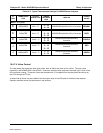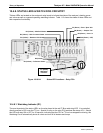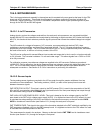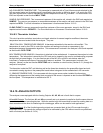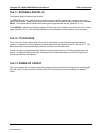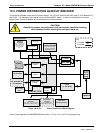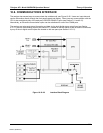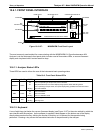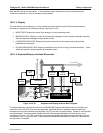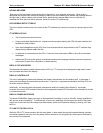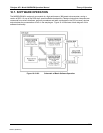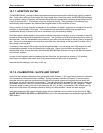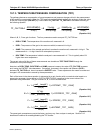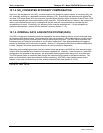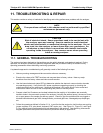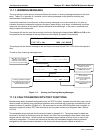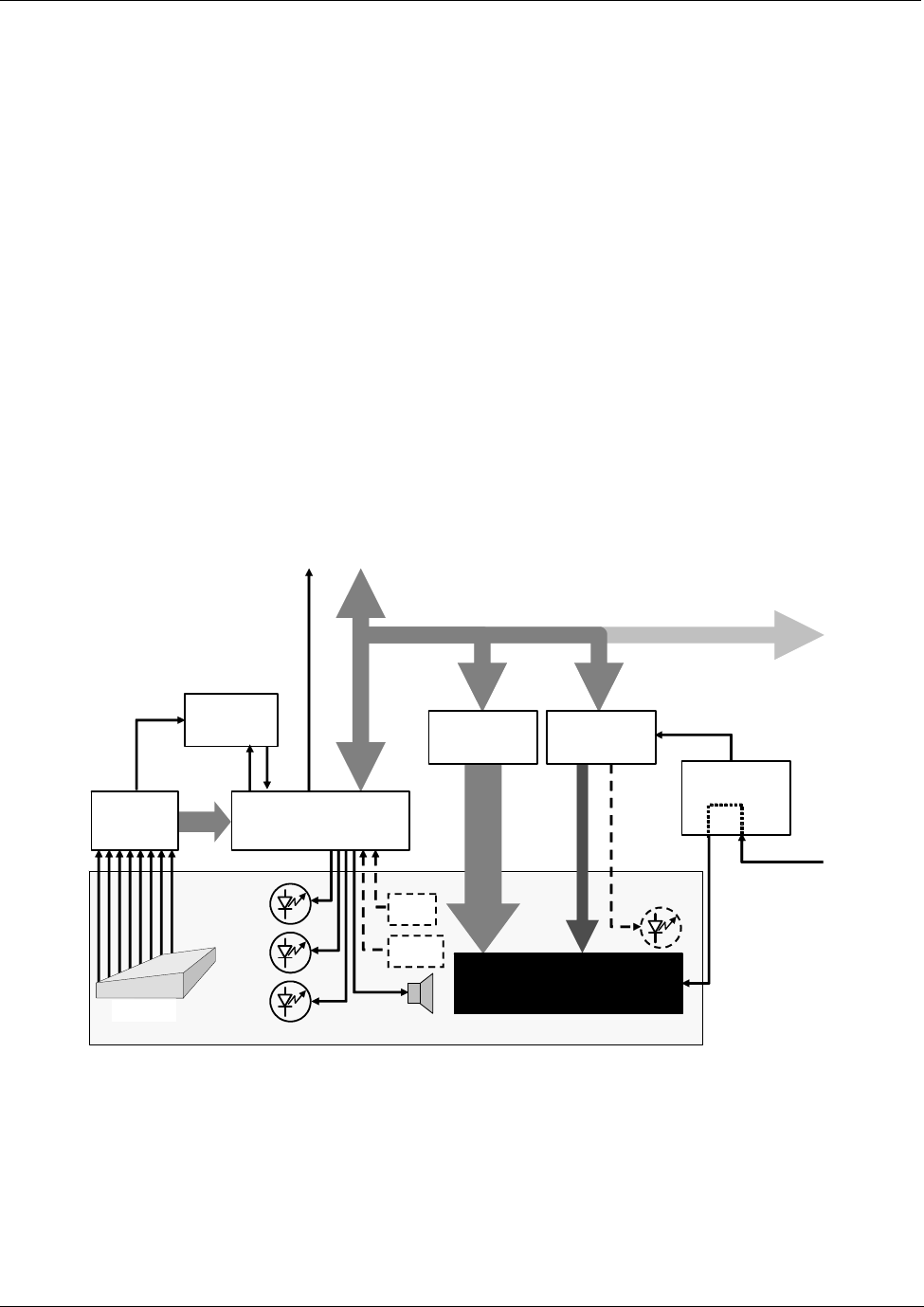
Teledyne API - Model 200EH/EM Operation Manual Theory of Operation
225
Note that the keys do not auto-repeat. In circumstances where the same key must be activated for two
consecutive operations, it must be released and re-pressed.
10.6.1.3. Display
The main display of the analyzer is a vacuum florescent display with two lines of 40 text characters each.
Information is organized in the following manner (see Figure 10-27):
MODE FIELD: Displays the name of the analyzer’s current operating mode.
MESSAGE FIELD: Displays a variety of informational messages such as warning messages, operation
data and response messages during interactive tasks.
CONCENTRATION FIELD: Displays the actual concentration of the sample gas currently being
measured by the analyzer
KEYPAD DEFINITION FIELD: Displays the definitions for the row of keys just below the display. These
definitions dynamic, context sensitive and software driven.
10.6.1.4. Keyboard/Display Interface Electronics
FRONT PANEL
Keypad
Decoder
Key Press
Detect
KEYBOARD
Beeper
Sample LED
(Green)
Cal LED
(Yellow)
Fault LED
(Red)
Display Data
Decoder
Display Power
Watchdog
From 5 VDC
Power Supply
I
2
C to Relay Board
Parallel Data
2 x 40 CHAR. VACUUM
FLUORESCENT DISPLAY
Display
Controller
Display Write
Clock
Serial
Data
I
2
C to/from CPU
Keyboard Interrupt Status Bit
I
2
C Interface
2
n
d
Lang.
Switch
Maint.
Switch
Optional
Maintenance
LED
Figure 10-10-28: Keyboard and Display Interface Block Diagram
The keyboard/display interface electronics of the M200EH/EM Analyzer watches the status of the eight front
panel keys, alerts the CPU when keys are depressed, translates data from parallel to serial and back and
manages communications between the keyboard, the CPU and the front panel display. Except for the Keyboard
interrupt status bit, all communication between the CPU and the keyboard/display is handle by way of the
instrument’s I
2
C buss. The CPU controls the clock signal and determines when the various devices on the bus
are allowed to talk or required to listen. Data packets are labeled with addresses that identify for which device
the information is intended.
04521C (DCN5731)



